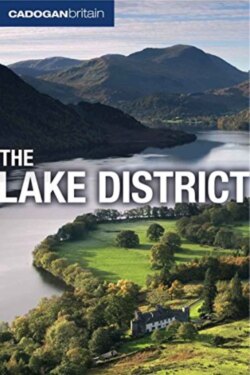Читать книгу Britain: The Lake District - Vivienne Crow - Страница 35
Mountain Building
ОглавлениеAbout 400 million years ago, as the Iapetus Ocean finally closed, the collision of the continents created a period of mountain building known as the Caledonian Orogeny. Folding and faulting all the while, the rocks referred to above were pushed up to form a very high range of mountains. Back then, the Lake District would have looked more like today’s Himalayas. Later in the Devonian period, these mighty ranges were eroded to low hills – so low, in fact, that, about 350 million years ago, they became covered by a tropical sea that was teeming with life.
As generation after generation of these sea creatures died, their shells formed a thick layer of sediment on the sea bed. This became the pale grey Carboniferous limestone that can be seen in the south and east of Cumbria – at places such as Whitbarrow and near Crosby Ravensworth. Later in the Carboniferous period, the sea became filled with mud and sand. The resulting swampy forests eventually formed the coal deposits that were once mined in the far east (e.g. Alston Moor) and west (e.g. Whitehaven) of the county.
As the tectonic plates carrying Euramerica (Laurussia) and Gondwana collided to form the supercontinent of Pangaea about 280 million years ago – and another important period of mountain-building took place – the Carboniferous rocks were lifted and folded into a broad dome.
By about this time, the section of the Earth’s crust carrying what we now know as the Lake District had drifted north and crossed the equator. About 250 million years ago, it reached the latitude of today’s Sahara Desert. Sand dunes (evident today in the red sandstone found in the Eden Valley) and salt lakes formed, and flash floods brought huge amounts of debris down from the hills (evident in the St Bees sandstone). These processes continued until about 190 million years ago. Slowly, but surely, the Lake District drifted ever further north until it reached the latitude it occupies today.
